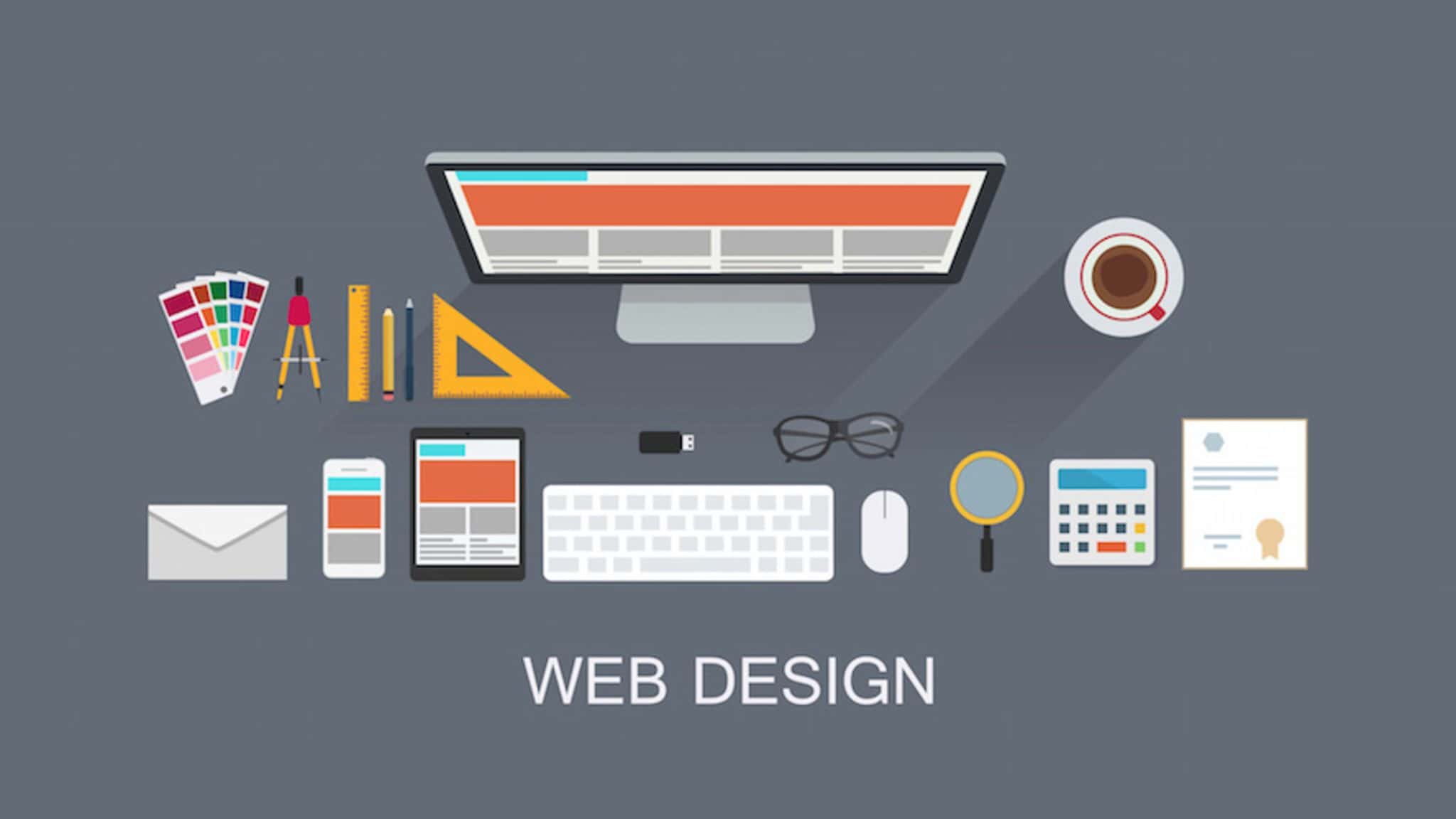Embarking on a web design project is an exciting endeavor, but it’s not one to be rushed into blindly. Your website is often the first impression your online audience has of your brand or business. Before reaching out to a web designer, there are several important steps you should take to ensure a successful and well-informed collaboration. By doing your homework and preparing in advance, you’ll be better equipped to convey your vision and requirements to the designer. Here’s what to do before talking to a web designer about your website.
Define Your Goals and Objectives
Begin by clearly defining your goals and objectives for the website. What is the purpose of the site? Is it an e-commerce platform, a portfolio, a blog, or an informational website? Understanding your primary goals will help the web designer tailor the design, functionality, and user experience to meet your specific needs.
Know Your Target Audience
Identify your target audience. Who are your ideal visitors or customers? Knowing your audience’s demographics, preferences, and needs will assist the designer in creating a site that resonates with your potential customers or users.
Research Your Competitors
Analyze your competitors’ websites. Take note of what works well on their sites and where they may fall short. This research can provide valuable insights for your web designer and help you differentiate your website in the market.
Create a Content Strategy
Content is the backbone of any website. Determine what content you want to include on your site, including text, images, videos, and any other multimedia elements. Having a content strategy in place will make it easier for your web designer to structure and design the site around your materials.
Set a Realistic Budget
Determine your budget for the web design project. Understanding your financial constraints is vital, as it will influence the scope of the project and the features your website can incorporate. Be upfront about your budget when discussing your project with potential designers.
Gather Design Inspiration
Search for design inspiration on the web. Create a mood board or a collection of websites that resonate with your vision. Sharing these examples with your web designer will help them understand your aesthetic preferences and design style.
Clarify Technical Requirements
Consider any technical requirements your website may have. Do you need specific features like e-commerce functionality, membership areas, or custom forms? Be clear about any technical integrations or third-party tools you’d like to incorporate.
Determine a Timeline
Discuss your timeline and project deadlines with the web designer. Understand the time it takes to complete each phase of the project, from design and development to testing and launch. A realistic timeline will help manage expectations and ensure the project progresses smoothly.
Consider Maintenance and Updates
Think about the long-term maintenance and updates for your website. A well-designed site requires ongoing maintenance to keep it secure and up-to-date. Discuss this aspect with the designer and consider whether you’ll handle maintenance in-house or through a maintenance agreement with the designer.
Research and Choose a Web Designer
Finally, do your research and carefully select a web designer or web design agency. Look at their portfolio, check references, and ask about their experience and approach to web design projects. Make sure the designer’s style aligns with your vision and that you feel comfortable with their team.
 Conclusion
Conclusion
Taking the time to prepare and gather essential information before approaching a web designer is a critical step in ensuring the success of your web design project. Effective communication, a clear vision, and a well-defined strategy will lead to a more productive collaboration, resulting in a website that meets your objectives and resonates with your target audience. By following these steps, you can embark on your web design journey with confidence and enthusiasm.

